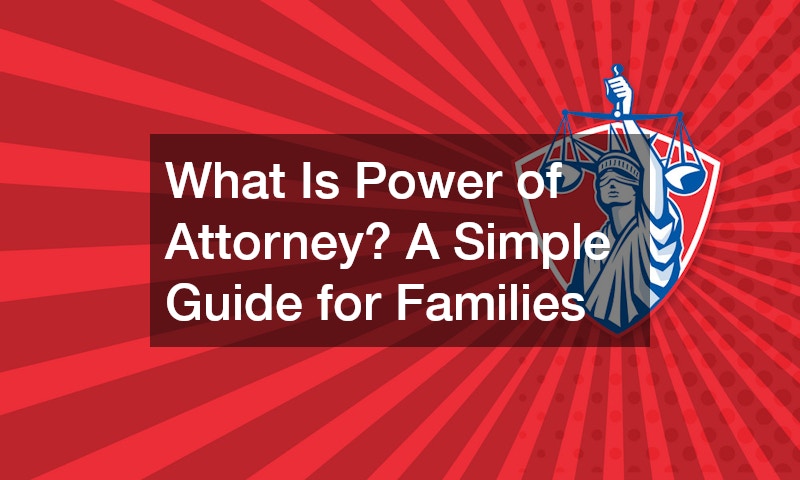One of the earliest records of divorce in the United States occurred in the 1630s when the Quarter Court of Boston granted the petition of Denis and Anne Clarke. Since then, millions of couples have followed suit. One study claimed that half of the marriages would end in either legal separation or divorce.
While some consider the percentage an exaggeration, one thing is clear: divorce is common. But why does this happen in the first place? No one knows for sure, but many are looking into the couples’ fighting styles.
Different Ways Couples Fight
Former couples who have gone through a tumultuous relationship would often let their divorce attorney represent them. This way, they don’t need to see their partner during the process.
Their fighting style could have led them to these, and the way they do it can fall into any of the categories:
1. Avoidant
All the positive things you did for your partner are now viewed as annoying. They might also criticize you when you try to do something nice, so avoiding conflict is the safest course of action.
2. Silent Treatment
The silent treatment is a hurtful tool the withdrawing partner uses to punish their romantic partner for an offense. Those on the receiving end can be left wondering what exactly they did wrong since there were no verbal exchanges to indicate that anything was wrong in the first place.
3. Criticism
This strategy consists of one partner constantly criticizing and nagging their significant other. It can be hard to stay romantic when your partner is continually berating you.
4. Controlling Behavior
The way of controlling behavior often serves as a defense mechanism for the person using it since they feel overwhelmed and insecure about themselves and their future together, so they try to control what goes on around them.
5. Verbal Abuse

Verbal abuse involves one partner treating the other like dirt verbally and sometimes even physically (i.e., shoving, hitting, etc.). It might also involve name-calling that attempts to embarrass the other person in front of others. And whether it is physical or not, both types can be equally damaging.
6. Disengaged Fighting Style
This style is similar to the avoidant style, except there are no arguments, shouting matches, or nagging involved in this case. It happens when one partner shuts down and pulls away from their lover both emotionally and physically.
7. Blaming
The individual using blame as their fighting style will do whatever they can to blame the other partner for what is wrong in the relationship. What results is a constant cycle of one partner trying to “one-up” the other, resulting in an air of negativity and lowering self-esteem. This pattern tends to worsen over time.
8. Contemptuous Fighting Style
Using contempt in a relationship is one of the most devastating things you can do. This strategy involves constantly putting down your partner in such ways as eye-rolling, sarcasm, and name-calling to destroy their self-esteem and confidence.
9. One-Sided Arguments
You repeatedly fight over the same issue without making any progress or coming to a compromise. It eventually leads to an impasse and a return to avoiding conflict.
10. Hostile Dependent
The individual using the hostile-dependent fighting style only feels secure in a relationship when they have a partner to fight with. When they no longer have anything to fight about, they will initiate fights to feel more secure.
11. Aggressive Fighting Style
Aggression involves a significant amount of anger and yelling during an argument. Aggressive fighting often ends in violence and is a predictor of domestic violence. Both of you might resort to using weapons and threats during a fight, leading to physical abuse.
Can the Fighting Style Predict Divorce?
The fighting style could predict the likelihood of divorce, according to research. One of the premier researchers in this area, Dr. John Gottman, once claimed that he could predict with over 90 percent accuracy if the couple’s marriage will fall apart based on how they fight.
Meanwhile, a 2010 study by the University of Michigan backs up Gottman’s study. But it also adds that toxic patterns can also contribute to the risk of divorce. A classic example is when one spouse withdraws while the other tries to open up a discussion.
Not all fighting styles are negative, however. Constructive fighting, for instance, is healthy because it focuses solely on the conflict at hand, and it doesn’t leave any damage or resentment after. It is also effective since both partners listen to each other’s opinions carefully without interrupting each other.
The risks of divorce could increase only when the following factors are present:
- Contempt: When one or both partners constantly resort to belittling each other verbally.
- Criticism: Occurs when a partner negatively criticizes their spouse’s personality and traits and believes it is the real reason for the problem in the marriage.
- Defensiveness: When you deflect responsibility from yourself by blaming your partner for everything that goes wrong within the relationship.
- Stonewalling: A term used when one person suddenly withdraws and refuses to participate in the discussion or argument. This shuts down communication and prevents any progress from being made in the problem at hand.
Couples fight, but the way they do it could affect their marriage and even increase their risk of divorce. After all, there’s often more to the yelling, nagging, and name-calling.

